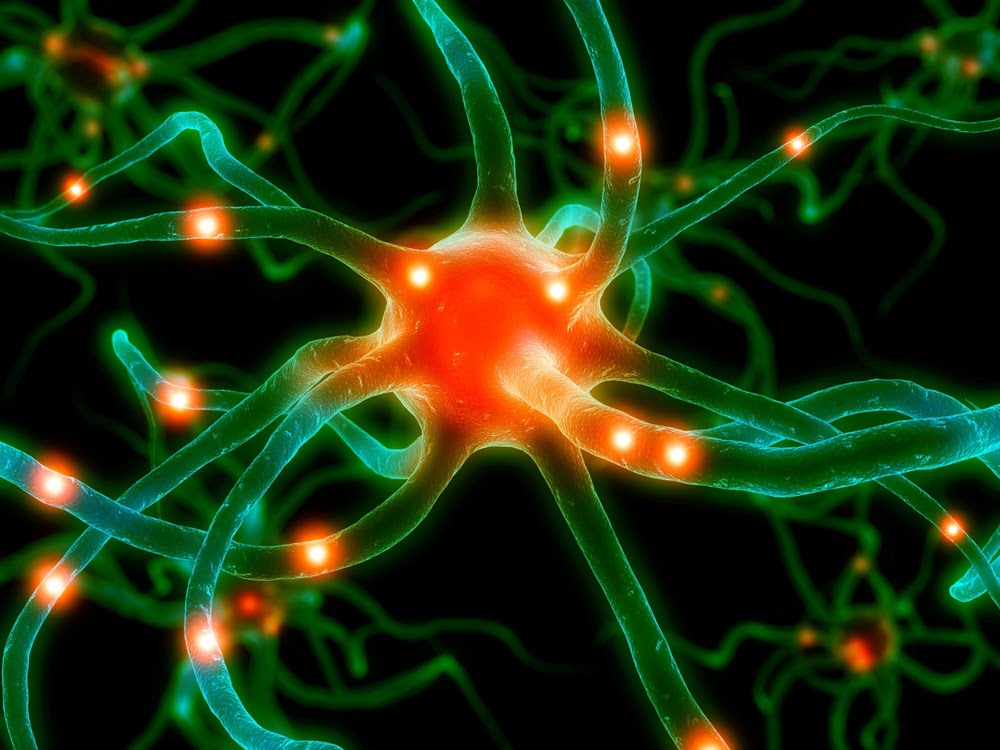Doctors depend on cardiac imaging when they have patients suffering from chest pain or other risk symptoms of heart problems. This imaging procedure helps doctors in finding out whether there is an evidence of heart disease, such as blockages in the coronary arteries or reduced blood flow to the heart.There are two methods of cardiac imaging including Cardiac Magnetic Resonance Imaging (MRI) and Cardiac Computed Tomography (CT) are allowing doctors to take a closer look at the heart and great vessels at little risk to the patient.
MRI uses huge magnets and radio-frequency waves to promote high-quality still and moving images of the body's internal structures; no X-ray exposure is included, Like anything MRI also has disadvantages : people with peacemakers cannot have MRIs. Also some people who are morbidly obese cannot fit in into an MRI system MRI scans require patients to hold still for extended periods of time. MRI exams can range in length from 20 minutes to 90 minutes or more. Even very slight movement of the part being scanned can cause distorted images which means the scanning will need to be repeated , while CT scan is an x-ray procedure which combines many x-ray images with the aid of a computer to generate cross-sectional views of the body. Cardiac CT uses advanced CT technology with or without intravenous iodine-based contrast to visualize cardiac anatomy, including the coronary arteries and great arteries and veins. CT scan has also disadvantages: Lack of IV access makes the CT procedure difficult to interpret, CTA is unsuitable when there is a large amount of existing coronary artery calcification.
To read the rest of the article, please visit The Life - Saving Benefits Of Cardiac Imaging
Health Imaging Hub was initiated by radiologists, health imaging technologists, and internet media experts to promote Health Imaging and IT Globally with an emphasis of regional coverage.
Monday, 18 October 2010
ACR Image Mertix Hosted An Event To Enhance Imaging Trials
 ACR image Mertix, an international imaging contract organization (CRO) including expertise in imaging trial design , techniques and data extraction, organized a recent event titled “The Novel Medical imaging Approaches for Early Drug Development Methods, technical issues and case studies” which took place at the at the Boston Marriott Cambridge, in Cambridge Massachusetts on the 16th of September.
ACR image Mertix, an international imaging contract organization (CRO) including expertise in imaging trial design , techniques and data extraction, organized a recent event titled “The Novel Medical imaging Approaches for Early Drug Development Methods, technical issues and case studies” which took place at the at the Boston Marriott Cambridge, in Cambridge Massachusetts on the 16th of September.Bruce Hillman, Chief scientific officer, M.D., FACR, of ACR Image Metrix, carried out a presentation titled, "Methodologic Considerations in Designing Pharmaceutical Trials Using Novel Imaging Methods."ACR Image Mertix is a leader in worldwide imaging trials. Industry experts from ACR Image Metrix offered great caliber research on ways and technical problems related to clinical trials. Mehdi Adineh , Ph.D., Scientific director of ACR Image Metrix imaging core laboratory, conducted a presentation named "Increasing the Effectiveness of Novel Imaging in Clinical Trials: The Role of the Imaging Core Laboratory,” while Greg Sorenson, a professor of radiology at Harvard Medical School, Massachusetts General Hospital ,M.D, had a presentation titled "Mechanistic Imaging in Cancer Trials: Lessons from Glioblastoma."
Subscribe to:
Comments (Atom)